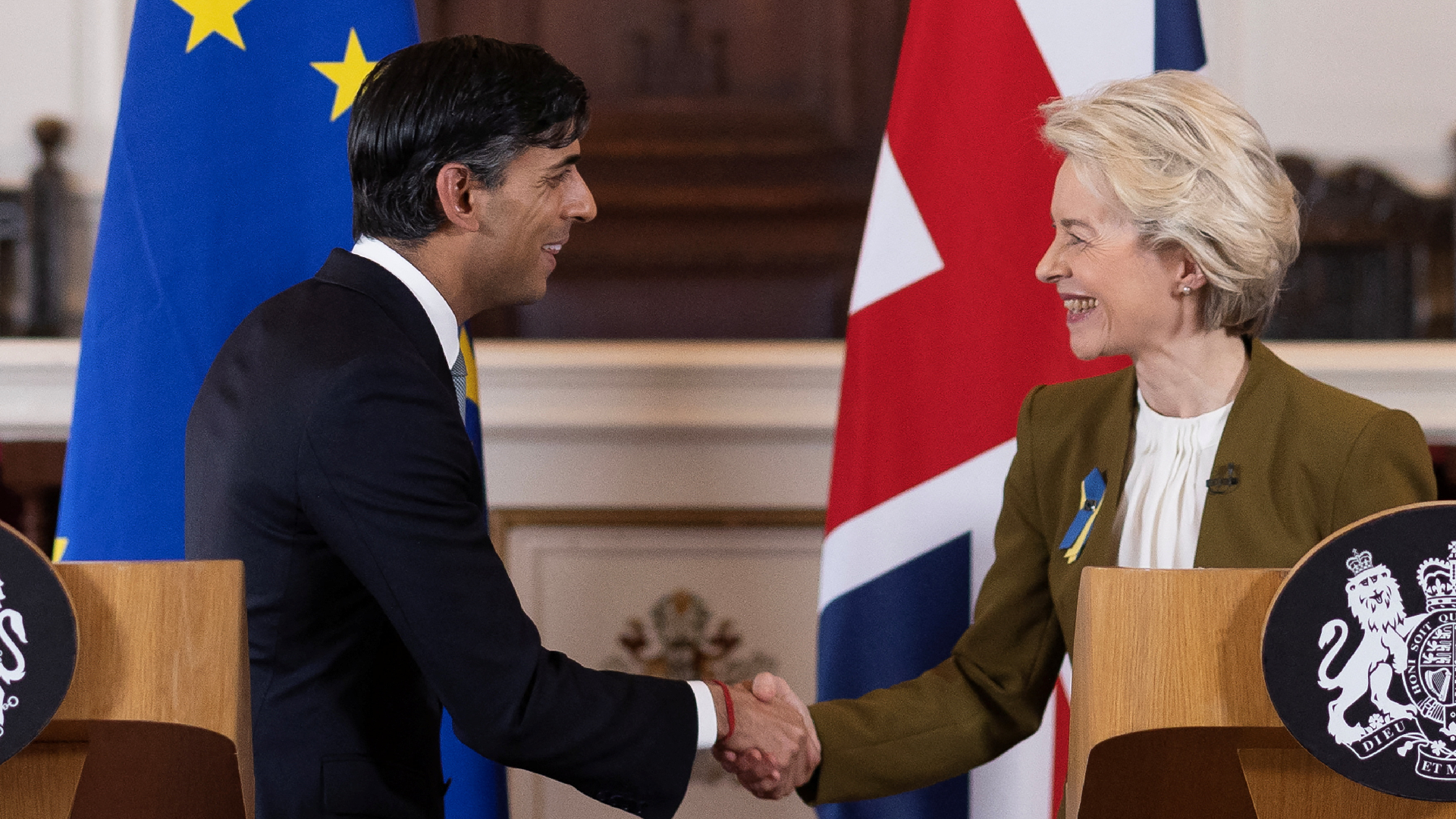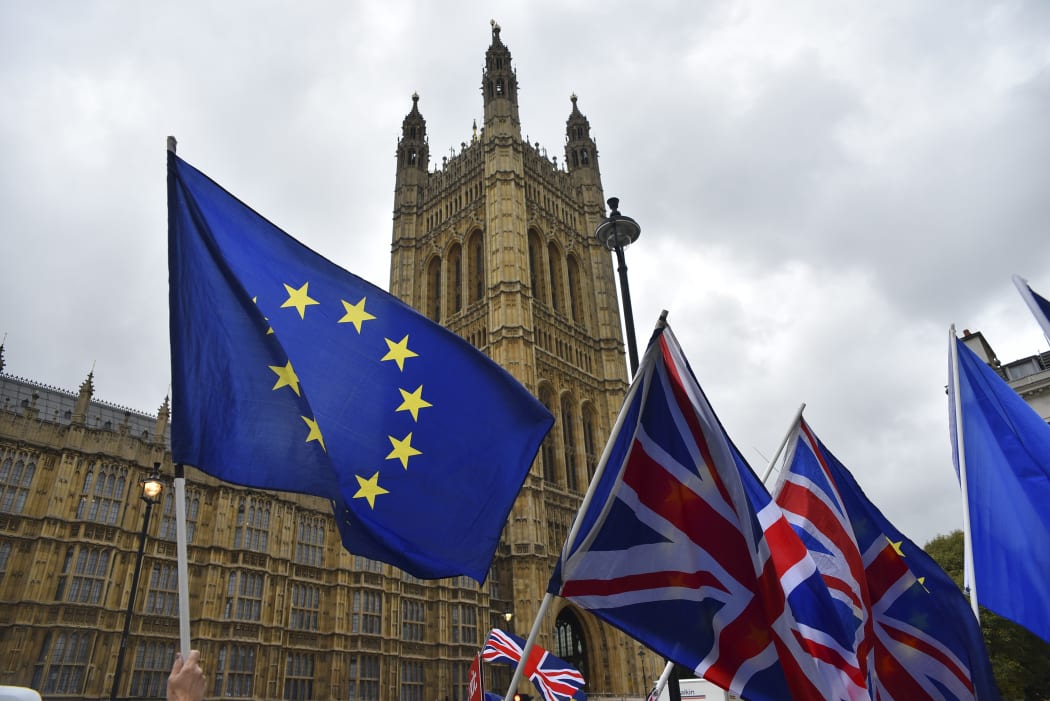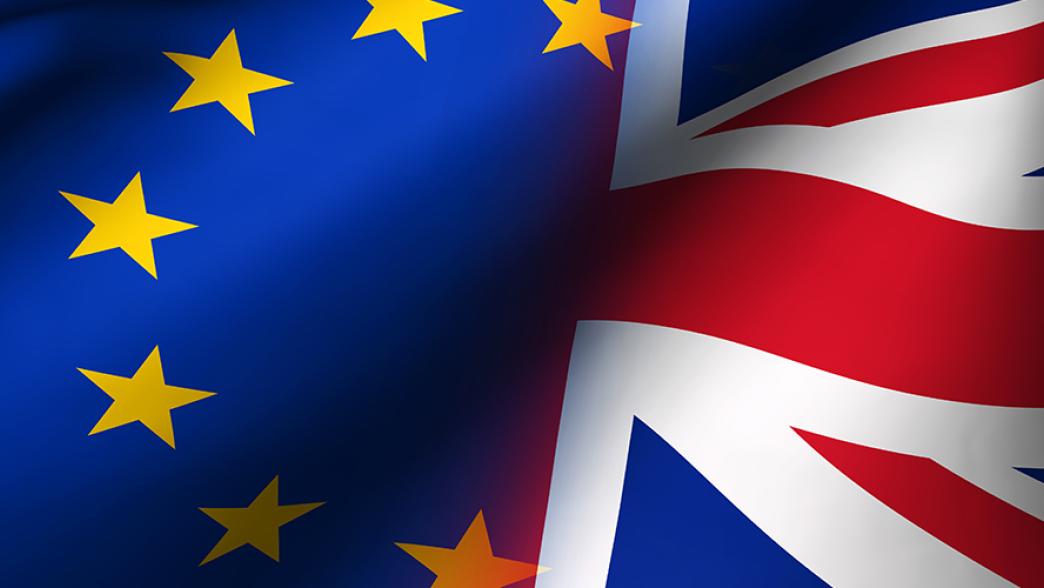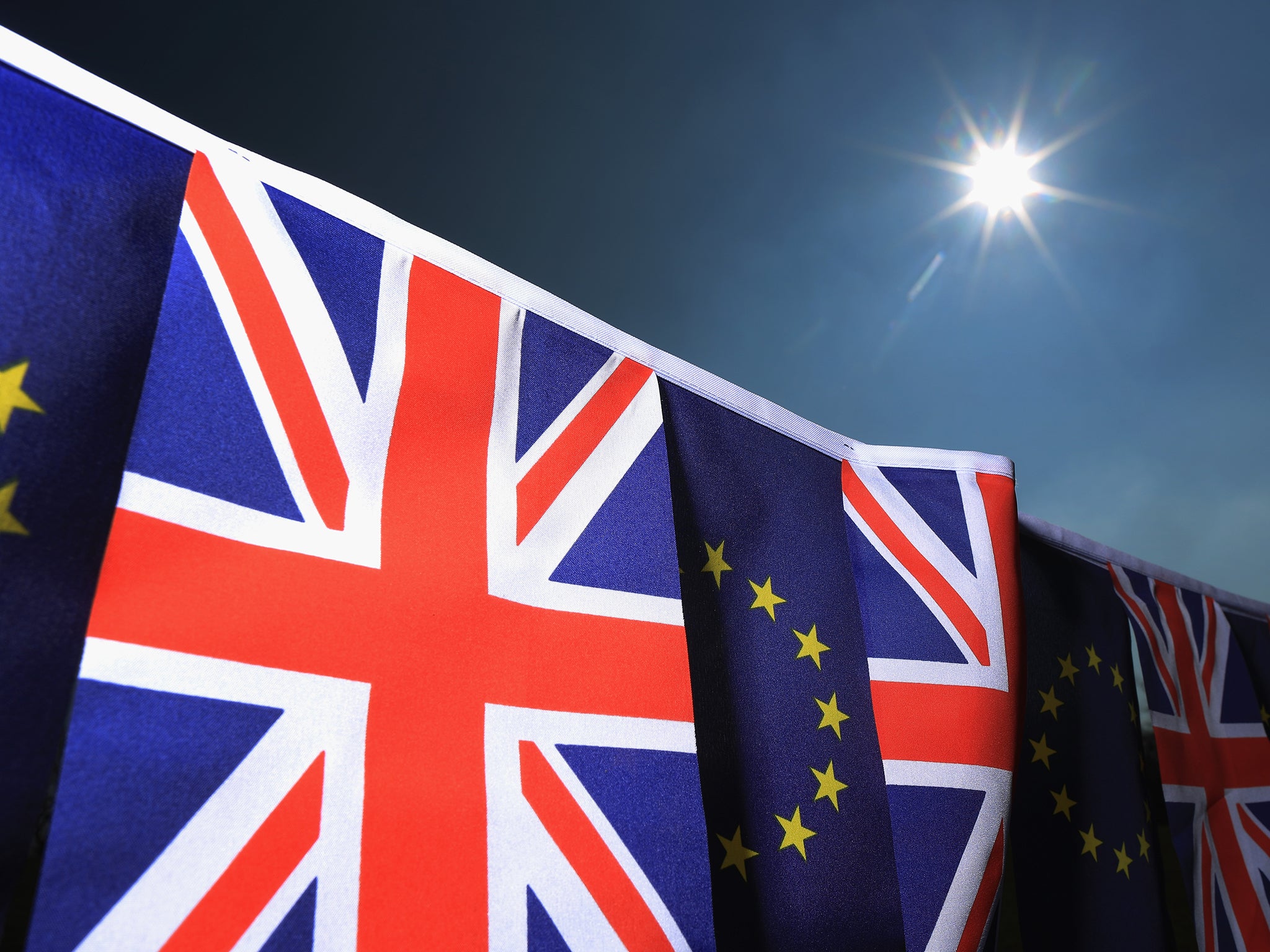What is Brexit?
Brexit is the term used to describe the United Kingdom’s (UK) decision to leave the European Union (EU). The word “Brexit” is a portmanteau of “Britain” and “exit.”
The decision was made through a referendum held on June 23, 2016. Brexit, a portmanteau of “Britain” and “exit,” stands as a historic decision that altered the landscape of the European political and economic sphere. It encapsulates the United Kingdom’s bold step to part ways with the European Union a decision that transpired through a pivotal referendum on June 23, 2016.
This article delves into the intricate journey of Brexit, exploring its implications, origins, negotiations, and ramifications. On that fateful June day in 2016, the citizens of the United Kingdom made their voices heard.
Referendum and Decision
The proponents of leaving the EU argued for greater sovereignty, claiming that the UK could only regain full control over its laws, borders, and trade agreements by severing ties with the EU.
They painted a picture of an independent UK that could forge its destiny on the global stage, In a stunning turn of events, the referendum yielded a narrow victory for the Leave camp, with 519% of the votes in favour of leaving the EU, Brexit inevitably altered the dynamics between the UK and the EU.
The two entities now had to find common ground on issues ranging from trade to security cooperation. The new relationship was one of negotiation and adaptation.
Article 50
Article 50 of the Treaty on European Union outlines the process for a member state to withdraw from the EU. The UK triggered Article 50 on March 29, 2017, officially beginning the withdrawal process.
The Treaty on European Union, commonly referred to as the Maastricht Treaty, was signed in 1992, paving the way for the establishment of the EU. Within this treaty lies Article 50, a provision that was designed to allow member states to exit the union in an orderly and regulated manner.
It is essential to grasp the significance of this article, as it directly influenced the departure of the United Kingdom from the EU, popularly known as Brexit. The negotiated agreement is subject to approval by the European Parliament and the European Council. A majority vote is required for its acceptance.
Transition Period
After triggering Article 50, the UK and the EU negotiated the terms of their future relationship, including trade, security, and other matters.
Article 50 of the Treaty on European Union is the legislative provision that outlines the process by which a member state can voluntarily withdraw from the European Union.Triggering Article 50 was a watershed moment that initiated the UK’s withdrawal from the EU. setting the clock ticking on a two-year negotiation period to define the terms of departure.
These negotiations aimed to establish a road map for their future relationship, encapsulating trade agreements, security arrangements, citizen rights, and more.
Trade Agreement
The UK and the EU reached a trade agreement known as the “EU-UK Trade and Cooperation Agreement.” This agreement came into effect on January 1, 2021, defining their trading relationship post-Brexit.At the heart of this new arrangement is the EU-UK Trade and Cooperation Agreement. This comprehensive pact aims to regulate various aspects of trade and collaboration between the UK and the EU in a post-Brexit world.
The negotiations leading up to this agreement were intricate and arduous, reflecting the complexity of disentangling decades of integrated economic activities. One of the fundamental aspects addressed by the agreement is the imposition of tariffs and quotas on goods traded between the UK and the EU.
Customs and Border Checks
This seismic shift necessitated the introduction of customs checks to ensure compliance with new regulatory measures. Customs checks are procedures that verify the nature, quantity, and value of goods being transport across borders.
These checks aim to ensure adherence to trade agreements, tariff classifications, and product standards.
Delays at border crossings became more commonplace, leading to operational challenges for businesses reliant on just-in-time production models.
Freedom of Movement
The end of free movement between the UK and the EU, leading to new immigration rules.Regulations.
These rules determine eligibility criteria, required documentation, and permissible duration of stay. From skilled workers to students, each category now entails specific prerequisites to meet, making the process more structured and rigorous.Visa and residency requirements have become pivotal aspects of international mobility.
UK nationals intending to stay within EU nations for extended periods must navigate complex visa application processes.
Northern Ireland Protocol
To avoid a hard border between Northern Ireland (part of the UK) and the Republic of Ireland (an EU member), a protocol was established.Northern Ireland effectively follows some EU rules to maintain an open border with Ireland.
The need for a solution to the border issue between Northern Ireland and the Republic of Ireland emerged as a consequence of Brexit.
The United Kingdom’s decision to exit the European Union raised concerns about the reemergence of a hard border, potentially disrupting peace and stability in the region.
One of the fundamental aspects of the protocol is that Northern Ireland continues to follow certain EU rules related to trade in goods.
This effectively keeps Northern Ireland within the EU’s regulatory framework for goods, preventing the need for customs checks and tariffs on goods moving between Northern Ireland and Ireland.
Future Relationship
The EU and the UK continue to manage their relationship post-Brexit.
Born out of the arduous Brexit negotiations, the protocol was designe to address the challenges posed by the Irish border.
The goal was to prevent the reinstatement of a hard border between Northern Ireland, which is part of the UK, and the Republic of Ireland, an EU member state. To address these concerns, grace periods have been implemente to ease the transition.
These temporary measures provide businesses with more time to adapt to new processes and requirements.
Economic Impact
Changes in trade arrangements and regulations led to shifts in supply chains and economic dynamics.Brexit’s economic repercussions extended beyond the UK and the EU.
The uncertainty surrounding trade agreements and regulations influenced global financial markets, causing fluctuations in currency values and stock prices. The interconnections of the global economy meant that shifts in one region had cascading effects worldwide. These discussions will shape their economic trajectories for years to come.
Ongoing Developments
It’s important to stay updated on how these developments unfold.Brexit has had a profound impact on trade dynamics.The UK’s departure from the EU’s single market and customs union has led to the reconfiguration of trade agreements and the introduction of new tariffs and quotas.
We’ll delve into how businesses are adapting to these changes and explore potential opportunities and challenges.Brexit’s effects extend beyond economic considerations. Changes in international relationships, including those with EU member states and non-EU countries, have diplomatic implications. We’ll discuss how the UK is forging new partnerships and redefining its global role post-Brexit
Background
The UK joined the precursor of the EU, the European Economic Community, in 1973. The majority of voters chose to leave the EU, leading to a complex process known as Brexit.In 2016, a pivotal moment arrived as the UK confronted the question of its EU membership.As the official exit date neared, the UK and EU forged a withdrawal agreement that outlined the terms of their separation.
Key Dates:
June 23, 2016: The referendum takes place, with 51.9% of voters choosing to leave the EU.
March 29, 2017: The UK officially triggers Article 50 of the Treaty on European Union, starting the formal process of leaving the EU.
January 31, 2020: The UK officially leaves the EU, entering a transition period
December 31, 2020: The transition period ends, and the UK-EU trade deal goes into effect.
Main Points:
Trade: One of the major aspects of Brexit was determining the future trading relationship between the UK and the EU. The UK and EU negotiated a trade deal that covers aspects of trade, tariffs, and regulations.
Customs and Borders
As the UK is no longer in the EU’s single market and customs union, customs checks and border controls now apply between the UK and EU, affecting the movement of goods.In response to the challenges posed by customs checks, many businesses are turning to technology for solutions.Advanced tracking systems, electronic declarations, and automated customs processes are becoming vital tools in streamlining the movement of goods and minimising delays Customs duties and taxes are an integral part of international trade, and the post-Brexit scenario is no exception.
Importers and exporters must now contend with additional financial considerations, including tariffs and VAT.
Northern Ireland
One of the most complex issues was the status of Northern Ireland, which shares a border with EU member Ireland. To avoid a hard border, a unique arrangement was made, effectively keeping Northern Ireland aligned with some EU rules.
Northern Ireland holds a significant place in the hearts and history of its inhabitants. Its troubled past, marked by sectarian conflicts, led to the Good Friday Agreement of 1998, which played a crucial role in establishing peace in the region.The Agreement’s provisions held the potential to be disrupted by Brexit, making the status of Northern Ireland a matter of paramount importance.Under the Northern Ireland Protocol, the region continues to follow specific EU rules related to trade in goods, sanitary and phytoplankton measures, and VAT on goods.This alignment ensures that goods flowing between Northern Ireland and Ireland face minimal checks, safeguarding the peace and stability in the region
Ongoing Developments
Brexit continues to have ongoing implications for the UK, the EU, and international relations.Other countries around the world are observing how the UK and the EU manage their post-Brexit relationship, which could potentially influence their own decisions on trade deals and international partnerships.From an economic standpoint, the separation has led to shifts in trade dynamics, as the UK and the EU re calibrate their trading relationships.The imposition of new tariffs, customs procedures, and regulatory barriers has influenced the flow of goods and services, prompting industries and businesses to adapt to these changes.
